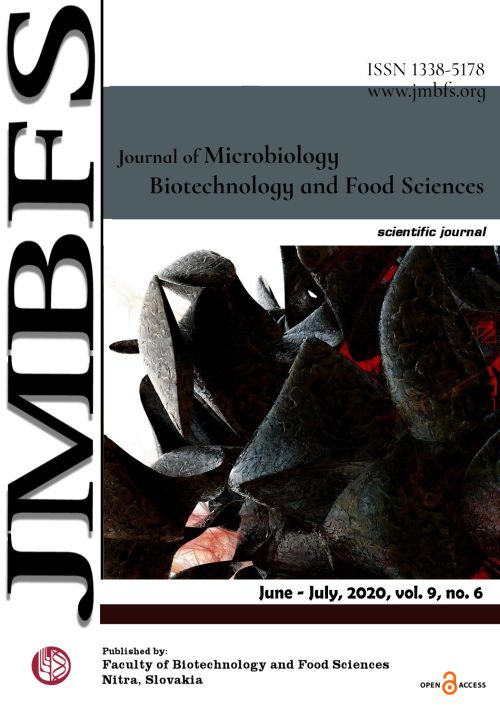OPTICAL NANOFIBER AS A SMART DETECTOR OF MYCOTOXINS IN BLOOD
Keywords:
Aflatoxin B1, Red Blood Corpuscles, Optical Nanofiber, Fluorescent Spectrophotometer, Fourier-transform infrared spectroscopy, Reactive Oxygen Species, Circular DichorismAbstract
The objective of this study is to use the optical fiber, an emerging device due to their biocompatibility, photo-sensitivity, as a biosensor which can detect the mycotoxin produced by the Aspergillus sp. found in food and feed product of animals. First, we have treated the Red Blood Corpuscles (RBCs) of human blood with different concentration of Aflatoxin B1 and Aflatoxin G1 (AflB1 and AflG1respectively) and after certain time slot, we have studied the changes of the RBC and its protein by Circular Dichorism spectroscopy (CD)and, Fluorescent Spectroscopy. From these Spectroscopic data, it has been found that there was a change in the structure of the Haemoglobin (Hb), supported by theReactive Oxygen Species (ROS), which gives the apoptotic dimension of the RBC. These experiments followed by the preparation of the nanoprobe by etching optical nanofibre with Hydrofluoric Acid (HF) upto certain extent. The prepared nanoprobe was then used to detect theAflB1and AflG1treated RBC.The outcome of the experiments it has been found that the optical nanofiber can detect a small variation of pH of the solution.Downloads
Download data is not yet available.
Downloads
Published
2021-03-11
How to Cite
Preetha Bhadra, Chitrangada Das Mukhopadhaya, Debalina Bhattacharya, & Sampad Mukherjee. (2021). OPTICAL NANOFIBER AS A SMART DETECTOR OF MYCOTOXINS IN BLOOD. Journal of Microbiology, Biotechnology and Food Sciences, 9(6), 1039–1046. Retrieved from https://office2.jmbfs.org/index.php/JMBFS/article/view/4514
Issue
Section
Biotechnology
License
Copyright (c) 2020 Preetha Bhadra, Chitrangada Das Mukhopadhaya, Debalina Bhattacharya, Sampad Mukherjee

This work is licensed under a Creative Commons Attribution 4.0 International License.
All papers published in the Journal of Microbiology, Biotechnology and Food Sciences are published under a CC-BY licence (CC-BY 4.0). Published materials can be shared (copy and redistribute the material in any medium or format) and adapted (remix, transform, and build upon the material for any purpose, even commercially) with specifying the author(s).

